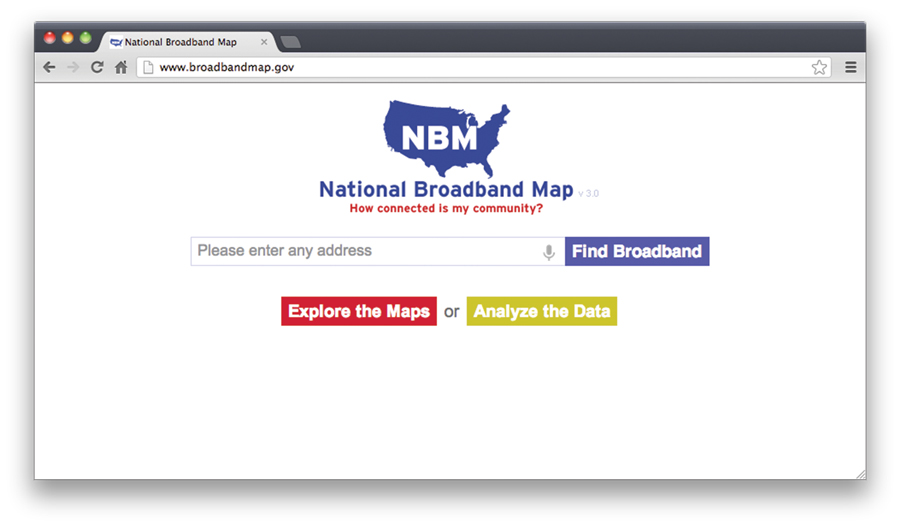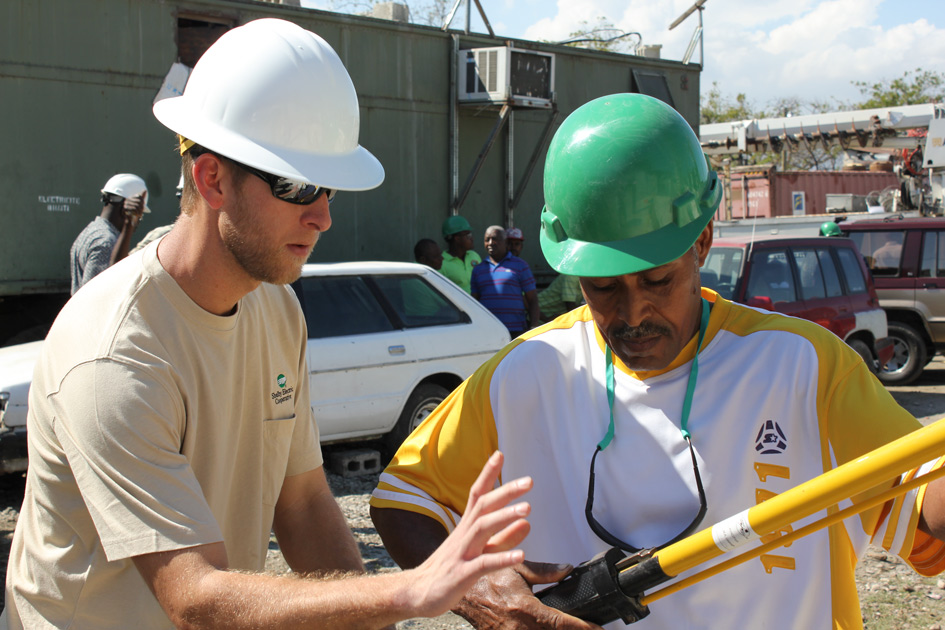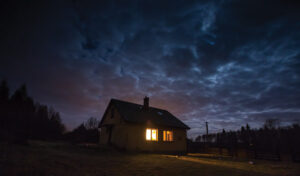 Unlike a tornado dropping from a spring thunderstorm, there is usually more time to prepare for a winter storm. Paying attention to the National Weather Service and local media can help keep those in the path of a winter storm aware of impending severe weather.
Unlike a tornado dropping from a spring thunderstorm, there is usually more time to prepare for a winter storm. Paying attention to the National Weather Service and local media can help keep those in the path of a winter storm aware of impending severe weather.
Hopefully steps have been taken to winterize homes, get emergency kits together, and make emergency plans as these measures will help during storm recovery.
After a winter storm has delivered snow, ice, wind and snow drifts, along with sub-zero temperatures and power outages, do you know what to do? What steps should be taken to keep everyone safe and warm as recovery begins?
The Federal Emergency Management Association tells us that winter storms are deceptive killers because most deaths are indirectly related to storms. Many hazards can remain after the storm is gone.
Dangers that might have to be dealt with after a winter storm can include power outages, downed lines, fallen limbs and obscured hazards from snowfall, which can keep downed lines from being seen.
Here are some steps Safe Electricity recommends you take after the storm is passed:
• If you have lost power, contact your provider as soon as you are able so that they are aware of your outage. Take the time to find out now what to do during a power outage at SafeElectricity.org.
• Check on neighbors and loved ones to make sure they are safe and warm.
• If you are using a secondary heat source such as a propane or kerosene heater, or a fireplace, make sure you follow manufacturer’s safety instructions and take precautions against unintentional fire and carbon monoxide poisoning. Similar advice pertains to portable stand-by generators if using one for temporary power. Get more information on generator safety at SafeElectricity.org.
• Be on guard against hypothermia and frostbite. To avoid these, dress in layers, stay dry, stay hydrated and fed, and limit time spent outdoors.
• Stay indoors if possible and use caution when venturing outside. Remember, downed power lines could be hidden under limbs or snow, and there is no way to tell if a line is energized. If you see downed power lines-stay away, and keep others away. Notify authorities as soon as possible.
• If you need a shelter, text SHELTER plus your zip code to 43362 (4FEMA) to find the nearest shelter in your area.
A winter storm brings a multitude of ways to sustain an injury as snow, ice and cold temperatures might linger for days. Other ways injuries can occur after the storm is gone are car accidents on slippery roads, back injuries and heart attacks from shoveling snow, and bruises and broken bones from falls on icy sidewalks. Opportunities to get hurt are abundant after winter storms.
If you need more information on weathering a winter storm, visit your local electric co-op’s website or SafeElectricity.org.
Molly Hall is Director of Safe Electricity. E-mail molly-hall@SafeElectricity.org. Safe Electricity is a public awareness program of the Energy Education Council. www.EnergyEdCouncil.org.









